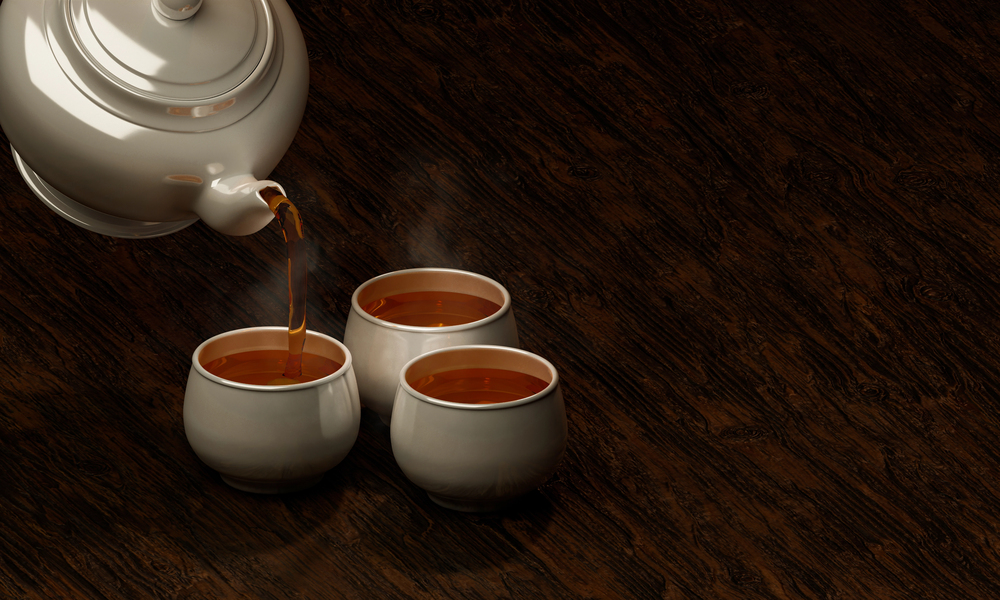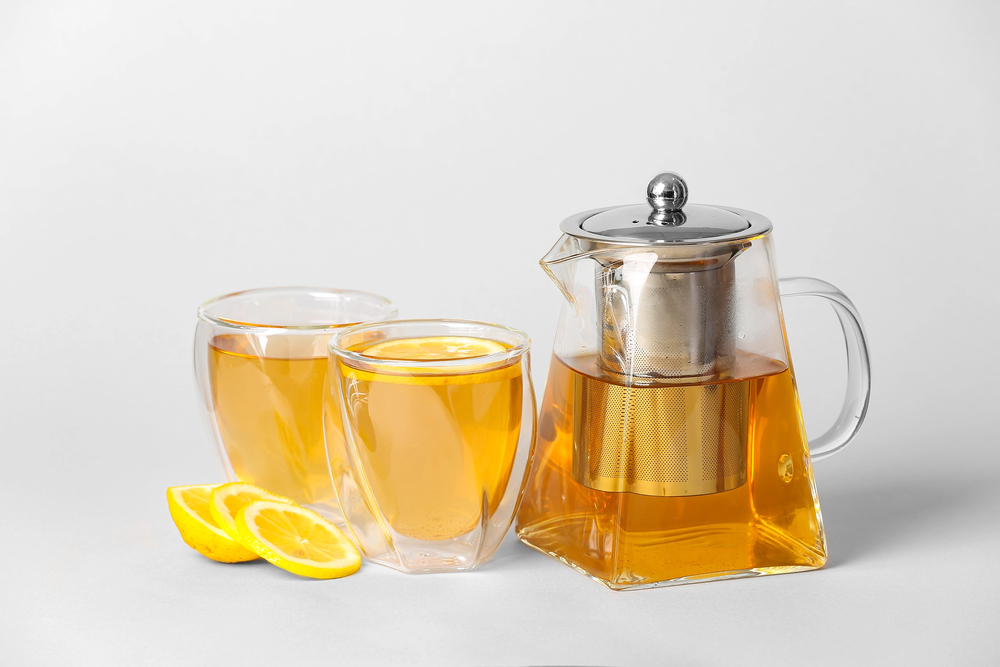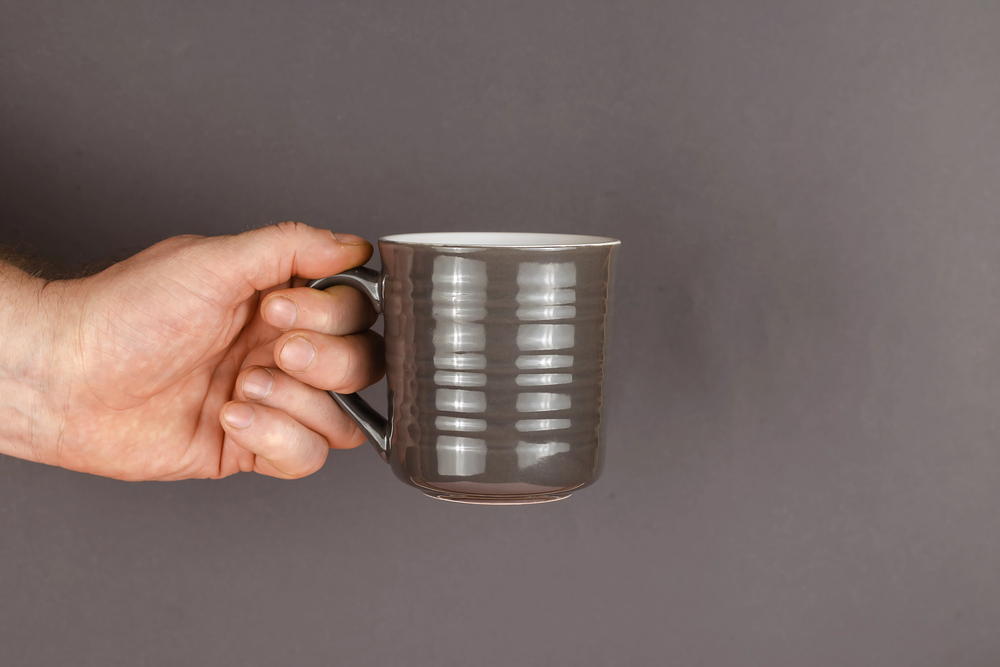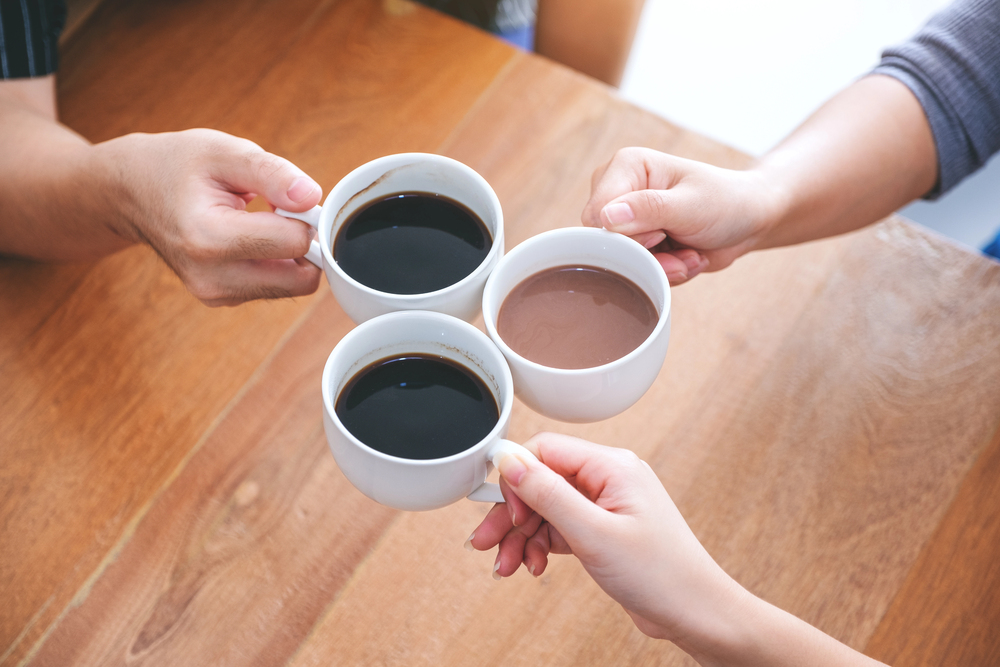Walking into a Turkish home means stepping into a world where tea isn’t just a drink—it’s practically a religion. The amber-colored brew served in those tiny tulip-shaped glasses carries centuries of tradition, and every sip comes with its own set of unspoken rules that locals follow without thinking twice.
Turkish tea culture runs deeper than most visitors realize, with customs that can make or break your experience as a guest. Here are 14 essential rules that every visitor to Turkey quickly discovers about this beloved ritual.
Never Refuse the First Glass

Turning down that initial offer of tea is like rejecting a warm handshake from your host. In Turkish culture, the first glass represents genuine hospitality and acceptance into someone’s space. Your host has likely been brewing that tea specifically for your arrival, timing it perfectly so the leaves have had just enough time to steep. Even if you’re not particularly thirsty or prefer coffee, accepting that first glass shows respect for your host’s efforts. Think of it as the entry ticket to meaningful conversation and genuine connection. The gesture matters far more than your actual desire for tea at that moment.
Wait for the Host to Pour

Jumping up to serve yourself tea might seem helpful, but it actually robs your host of their role as caretaker. Turkish hosts take genuine pride in serving their guests personally, and this ritual has deep cultural significance that goes back generations. The act of pouring represents their commitment to your comfort and well-being while you’re under their roof. Let them handle the delicate balance of strong tea from the top pot and hot water from the bottom. They’ve perfected this art over years of practice, knowing exactly how to achieve that perfect golden-brown color that makes Turkish tea so distinctive. Your patience shows appreciation for their skill and dedication to proper hospitality.
Hold the Glass by the Rim

Those tiny glasses get scorching hot, and locals have mastered the art of holding them without burning their fingers. The secret lies in gripping the glass right at the rim where the heat hasn’t fully traveled yet. This technique takes a bit of practice, but you’ll quickly develop the gentle touch needed to avoid both burns and dropping the delicate glassware. Never grab the glass around the body like you would a regular mug—that’s a surefire way to either burn yourself or look completely out of place. Watch how your Turkish friends handle their glasses, and you’ll notice they make it look effortless. The rim-holding technique also allows you to gesture naturally while talking, which is essential in Turkish conversation culture.
Sugar Goes in Before the Tea

Adding sugar after the tea has been poured is like trying to stir honey into cold water—it just doesn’t work the same way. Turkish hosts will always ask about your sugar preference before pouring, then add the desired amount of cubed sugar directly into the empty glass. This ensures proper dissolving and even sweetness throughout your drink. The timing matters because the hot tea helps dissolve the sugar crystals completely, creating that smooth sweetness that Turkish tea is known for. Trying to add sugar afterward often leaves undissolved crystals at the bottom of your glass, which changes both the taste and texture of the experience.
Two Cubes Maximum

While sugar preferences vary from person to person, Turkish tea culture has established two sugar cubes as the absolute maximum for any respectable tea drinker. Going beyond this amount is considered excessive and actually masks the delicate flavor profile that good Turkish tea should have. Most locals use just one cube or drink their tea completely unsweetened. The restraint with sugar isn’t about health concerns—it’s about respecting the tea itself. Turkish tea has subtle flavor notes that come from specific growing regions and careful processing methods. Drowning these flavors in sugar is seen as wasteful and shows a lack of appreciation for quality tea preparation.
Drink While It’s Hot

Turkish tea is meant to be consumed at a temperature that might seem uncomfortably hot to newcomers, but this heat level is crucial for the full flavor experience. The warmth releases aromatic compounds that you simply can’t taste once the tea cools down. Letting your glass sit until it reaches room temperature means missing the entire point of the beverage. Your Turkish hosts will keep refilling your glass throughout your visit specifically to maintain this optimal temperature. They’ll notice if you’re not keeping up with the proper drinking pace and might even gently encourage you to drink up before pouring fresh tea. The constant warmth also serves a social function, keeping everyone engaged and present in the conversation.
Accept Multiple Refills

Declining a second or third glass of tea can inadvertently signal that you’re ready to leave or that you’re not enjoying your host’s company. Turkish hospitality operates on the principle that good guests stay long enough to drink several glasses of tea together. This extended tea session allows for deeper conversations and stronger social bonds to form naturally. Each refill represents another chapter in your visit, giving everyone time to cover different topics and share more personal stories. The multiple glasses also serve as a natural timer for social visits—most Turkish gatherings continue until everyone has had at least three or four glasses of tea together.
Keep Your Pinky Down

Extending your pinky finger while holding the tea glass marks you instantly as a foreigner trying too hard to appear refined. This gesture, which might seem elegant in other cultures, actually comes across as pretentious in Turkish social settings. The natural, relaxed grip is what locals use, and it’s far more practical for those small, hot glasses anyway. Turkish tea culture values authenticity and genuine connection over formal etiquette displays. Keeping your pinky down shows that you’re comfortable and not putting on airs for your hosts. The relaxed approach to holding the glass also makes it easier to participate in animated conversations, which are a cornerstone of Turkish social interaction.
Don’t Rush Through Your Glass

Gulping down Turkish tea like it’s water completely misses the social and cultural significance of the experience. Each glass is meant to last through a good portion of conversation, allowing the tea to serve as a conversation companion rather than just a thirst quencher. The slow sipping pace gives everyone time to savor both the flavor and the company. Think of Turkish tea drinking like wine tasting—the experience matters as much as the beverage itself. The leisurely pace allows for natural pauses in conversation, giving people time to reflect on what’s being discussed and respond thoughtfully. Rushing through your tea suggests you have somewhere more important to be, which can be genuinely hurtful to your hosts.
Use the Saucer Properly

That small saucer under your tea glass isn’t just decorative—it serves several practical purposes that become obvious once you understand the system. The saucer catches any drips from the hot glass, protects furniture surfaces, and provides a stable base for setting down your tea between sips. Some people also use it to cool their tea slightly by pouring a small amount into the saucer first. Never use the saucer as a coaster for other items or push it aside to make more table space. The saucer stays with the glass throughout the entire tea service, and your hosts will notice if you’re not using it correctly. Proper saucer etiquette shows that you understand and respect the complete tea service system.
Compliment the Tea Quality

A simple ‘Çay çok güzel’ (The tea is very good) goes a long way toward showing appreciation for your host’s efforts. Turkish people take genuine pride in their tea preparation skills, from selecting quality loose leaves to achieving the perfect brewing strength. Your positive comments acknowledge their expertise and the care they’ve put into serving you properly. The compliment doesn’t need to be elaborate or overly effusive—Turkish culture values sincere, straightforward appreciation. Even if you’re not a regular tea drinker, you can acknowledge the warmth, the service, or the welcoming atmosphere that comes with the tea ritual. Your hosts will remember your gratitude long after your visit ends.
Don’t Leave Tea Unfinished

Walking away from a half-full glass of tea sends a confusing message to your Turkish hosts, who might wonder if something was wrong with the preparation or if you’re unhappy with your visit. Finishing your tea shows respect for the time and effort that went into preparing it, plus it signals that you’re genuinely engaged with the hospitality being offered. If you absolutely can’t finish your tea due to health reasons or genuine fullness, it’s better to explain the situation rather than just abandoning the glass. Your hosts will understand and appreciate your honesty, but they need to know that your inability to finish isn’t a reflection of their hospitality or tea-making skills.
Engage in Conversation

Turkish tea service creates natural opportunities for meaningful conversation, and staying silent throughout the experience wastes this cultural gift. The tea ritual slows everything down deliberately, creating space for people to connect on a deeper level than quick, casual interactions allow. Your hosts expect and welcome questions about their lives, their neighborhoods, and their perspectives on various topics. Don’t worry about language barriers—Turkish people are generally patient and helpful with visitors who make an effort to communicate. The tea service provides natural conversation starters, from asking about the tea’s origin to discussing local customs and traditions. These conversations often become the most memorable part of any Turkish visit.
Respect the Timing

Turkish tea service follows natural rhythms that you’ll learn to recognize with experience. There’s an appropriate time for each refill, natural moments for deeper conversation topics, and eventual signals that the tea session is winding down. Trying to rush these rhythms or extend them unnaturally can make everyone uncomfortable. Pay attention to your host’s cues about timing—they’ll know when it’s appropriate to transition from casual chat to more serious discussions, and when the social visit has reached its natural conclusion. The tea service provides structure for social interactions, but only if everyone respects the unspoken timing that makes it work smoothly.
The Bonds That Brew

Turkish tea culture transforms simple hospitality into lasting connections between people from different backgrounds and experiences. These time-honored traditions continue thriving in modern Turkey because they serve essential human needs for genuine interaction and mutual respect. Every glass of tea shared creates small but meaningful bridges between individuals who might otherwise remain strangers.
The rules might seem complex at first, but they’re really just guidelines for showing respect and appreciation in a culture that values both deeply. Master these basics, and you’ll find yourself welcomed into Turkish homes and hearts with the same warmth that fills those delicate tulip-shaped glasses. The tea may cool eventually, but the connections formed over proper Turkish tea service can last a lifetime.
More from Travel Pug

- 20 Best Beach Towns in the Carolinas
- 13 Destinations Where Tourists Regularly Regret Their Trip
- 20 Things You Actually Get in First Class
- 20 Small Airports With Aviation Museums
- 20 Places in the U.S. That Are Perfect for a Reset Trip
Like Travel Pug’s content? Follow us on MSN.
